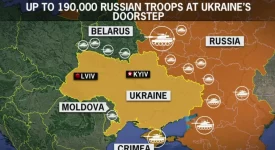Eurozone industrial output went down substantially in May as energy was the only sector whose production was not dipping. Analysts agree that the slumbering industrial production is another sign that the eurozone’s economic comeback is still vulnerable. EU18’s production dropped by 1.1 percent in May following a rise of 0.7 percent a month before. Compared with the same period last year, industrial factory output went up by 0.5 percent after it had risen by 1.4 percent in April. According to Martin ban Vliet of ING Bank, “May’s sharp drop in industrial production highlights the lackluster and bumpy nature of the euro zone recovery”. The fall in production was mostly led by a drop in production of intermediate goods such as parts for cars. There was also a significant fall in the production of non-durable goods, for example cosmetics or food. This also contributed to the general deterioration in the output growth. The energy sector was the only thriving sector with about a 3-percent increase in May after a 1.2-percent increase in April.
Analysts claim that the major fall in May output could have been deteriorated by the timing of bank holidays but also add that the recent slowdown in production is more significant that what could be expected given other economic indicators. Industrial output in the euro zone’s three largest economies – Germany, France, and Italy – declined on a month-on-month basis with Germany’s fall of 1.4 percent being the biggest in a year. Moreover, France also logged its biggest fall since June 2013 with a May fall of 1.3 percent while Italy’s industrial production was the worst since November 2012 with a drop of 1.2 percent. Eurozone’s industrial production is more than 12 percent below its pre-crisis maximum and has a long way to go to eventually catch up, observers say.







